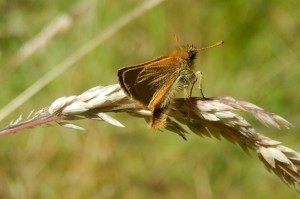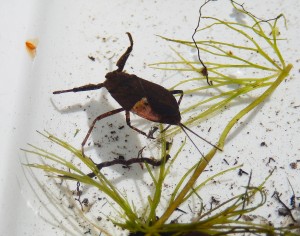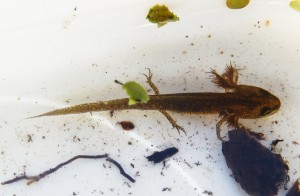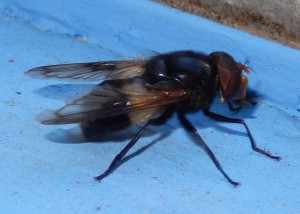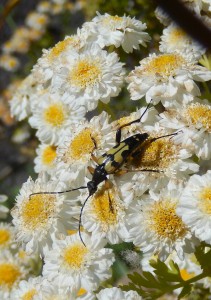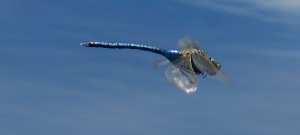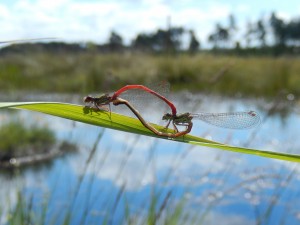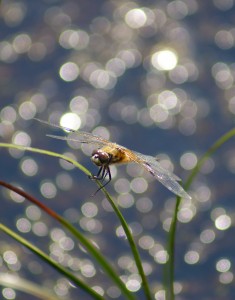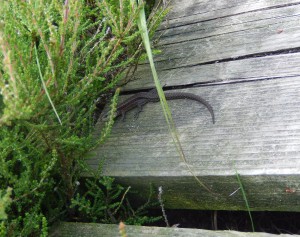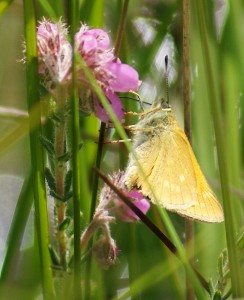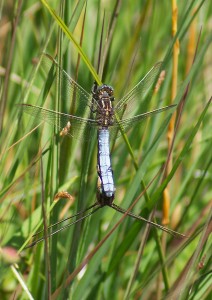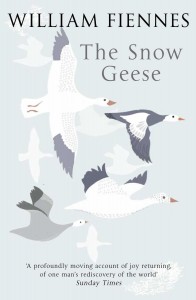
A young Englishman has been very ill, has spent a long time in hospital, has had the joy of life knocked out of him, is lonely, disorientated. He is brought home by his parents, to the old ironstone house that he loves, in the fields whose names and shapes he knows. Slowly he regains his strength. He reads Paul Gallico’s old tale, The Snow Goose (illustrated by Peter Scott, founder of the Wildfowl and Wetland Trust; Peter Scott Books, 1946).
Buy it from Amazon.com (commission paid)
Buy it from Amazon.co.uk (commission paid)
He decides to go to America to follow the real Snow Geese all the way from Eagle Lake, Texas to the Foxe Peninsula, Baffin Island, three thousand miles on their spring migration.
Here we are in Texas:
“The first sign was a faint tinkling in the distance, from no particular direction, the sound of a marina, of halliards flicking on metal masts. Drifts of specks appeared above the horizon ring. Every speck became a goose. Flocks were converging on the pond from every compass point, a diaspora in reverse, snow geese flying in loose Vs and Ws and long skeins that wavered like seaweed strands, each bird intent on the roost at the centre of the horizon’s circumference. Lines of geese broke up and then recombined in freehand ideograms: kites, chevrons, harpoons. I didn’t move. I just kept watching the geese, the halliard yammer growing louder and louder, until suddenly flocks were flying overhead, low over the shoulder, the snow geese yapping like small dogs, crews of terriers or dachshunds – urgent sharp yaps in the the thrum and riffle of beating wings and the pitter-patter of goose droppings pelting down around me. They approached the roost on shallow glides, arching their wings and holding them steady, or flew until they were right above the pond and then tumbled straight down on the perpendicular. …”
Fiennes writes with glittering perfection: this is a book of rare beauty, taut as a fairytale, a journey back to joy in life, a story of homesickness and longing, of loneliness and company, of the generosity of strangers, of Greyhound bus journeys, and days and nights in a tiny ‘roomette’ in a Canadian sleeper train, of long periods of waiting in small towns and hotel rooms, of wildlife and landscapes, of snow geese themselves, and, marvellously simply, of returning home.
This is a special book that can be read as literature or as narrative natural history. Either way, it’s a marvellous read. I guarantee you won’t be disappointed.
Buy it from Amazon.com (commission paid)
Buy it from Amazon.co.uk (commission paid)

